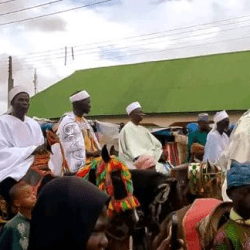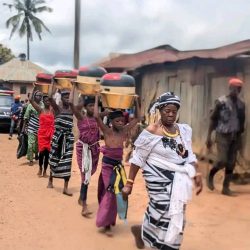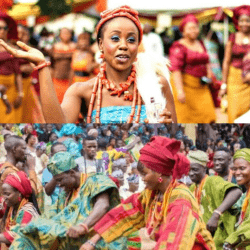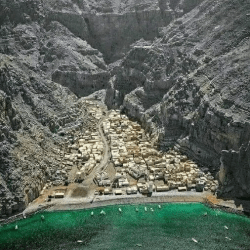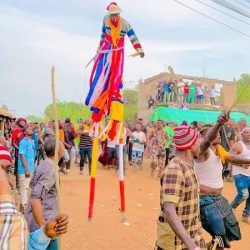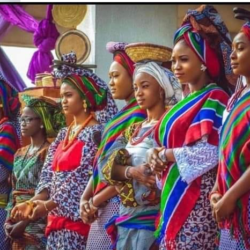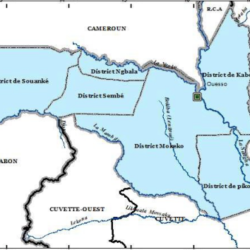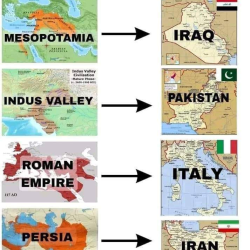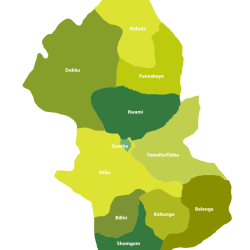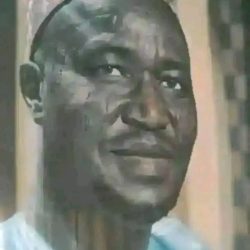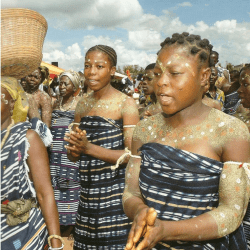The Kyenga people exemplify a unique cultural and linguistic identity within the region, with a history marked by migration, assimilation, and significant cultural interactions with neighboring groups. Their language, social dynamics, and historical legacy illustrate the complexities of identity and cultural change in West Africa. The ongoing linguistic assimilation and adoption of neighboring languages highlight the evolving nature of their cultural landscape while maintaining elements of their distinct heritage.
The Kyenga people, also known as Kenga, Tienga, Tyenga, or Tyanga, represent a distinct ethnic and linguistic group with rich cultural and historical significance. Here’s a detailed summary of the key points regarding the Kyenga:
Linguistic Characteristics
- Lexical Similarity:
- The Kyenga language has a 70% lexical similarity with Shanga and 54% with the Boko/Busa languages.
- However, Kyenga and the Boko/Busa group are not mutually intelligible, indicating distinct linguistic identities despite some similarities.
Geographic Distribution
- Population: Approximately 4,000 Kyenga reside in Nigeria, mainly in the villages of Geshuru, Kasele, Sarufu, and Tuni.
- Cross-Border Presence: An additional 1,000 Kyenga live in Tungan Bage in Benin.
- Migration Patterns:
- There are also notable Kyenga communities in the Boko villages of Kebbi State, specifically in Maje, Samia, and Baikinrua, and a significant population at Pissa in Borgu LGA, where they migrated from Konkwesso.
- Traditionally, the Kyenga are said to have come with Kisira from Zaria and initially settled in places such as Faku, Kanibe, Bussa, and Wawa, from where they later migrated west and north.
Historical Context
- Cultural Legacy: The Kyenga’s historical migration reflects a rich cultural legacy. They became independent after the fall of the Songhai Empire but came under the influence of the Kebbawa in the sixteenth century (Temple 1922: 223).
- Assimilation Trends:
- Historically more numerous, the Kyenga occupied a vast area on both sides of the Niger River, where the Niger Republic, Benin Republic, and Nigeria converge.
- They were initially related to the Boko/Busa but often found themselves in an inferior position, though the current chief of Konkwesso is of Kyenga descent.
Linguistic Assimilation and Changes
- Language Shift:
- Many Kyenga communities, particularly north of the Niger River, have assimilated into Hausa-speaking populations, adopting the language over time.
- In regions where they still speak Kyenga, around 35% of their vocabulary consists of words borrowed from Hausa.
- Impact of Neighboring Languages: Platiel (1982) notes that the majority of inhabitants in the villages of Bana and Yelou in Niger Republic are Kyenga, yet many have become Zarma speakers, indicating a significant language shift over at least two generations.
Settlement and Towns
- Notable Towns:
- A town near Kamba called Kengakwai (or Kengakoi) is associated with the Kyenga.
- Other towns, including Fingilla and Shiko, are believed to have been founded by the Kyenga.

